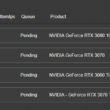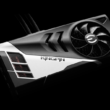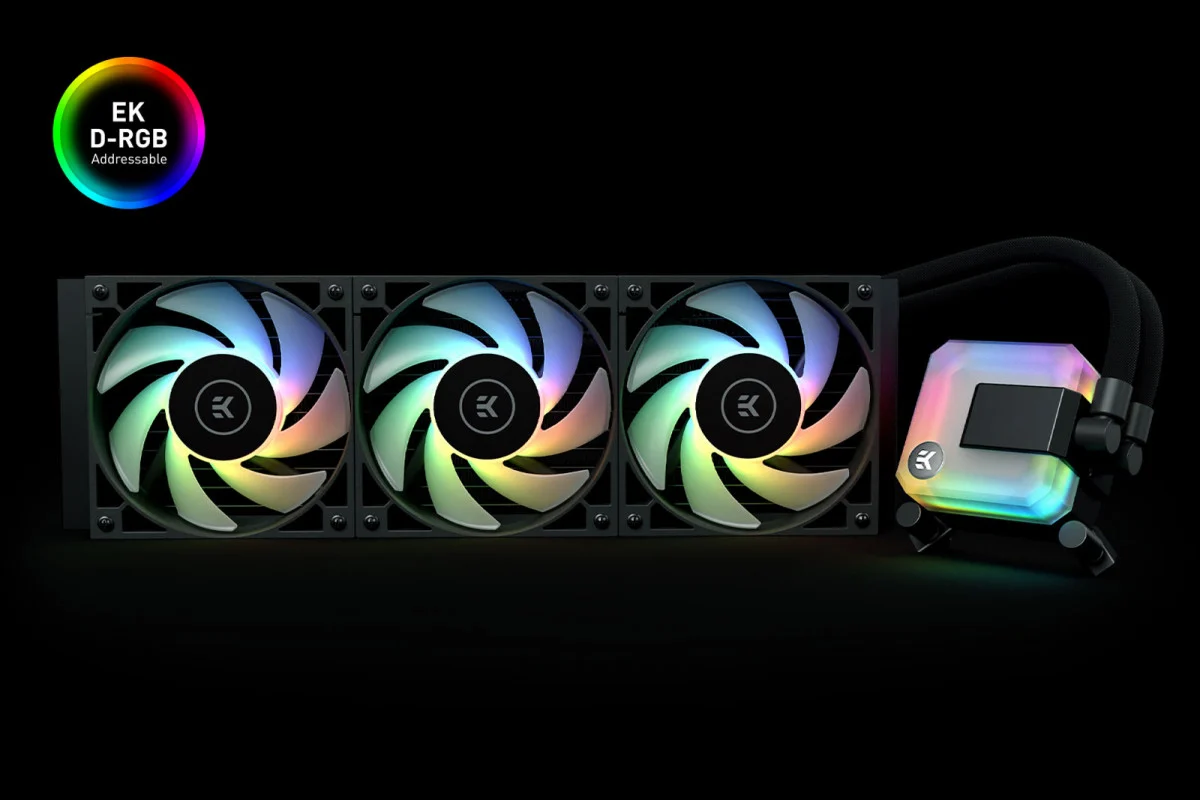According to reporting from Prohardvare, AMD is finally set to release FidelityFX, its response to NVIDIA’s Deep Learning Super Sampling, or DLSS, capabilities. AMD’s solution, which they call FidelityFX Super Resolution, has been in development for years, but it’s only been seen as a preview in past presentations as AMD claims it’s working with game developers before rolling out the technology to consumers. Time seemed to be ticking, however, as NVIDIA has rolled out and refined its DLSS technology to a growing list of games while those with AMD graphics cards are still waiting for their version of the technology.
Despite NVIDIA’s head start—DLSS launched in 2018—version 1.0 of DLSS was met with a lukewarm response, as the first games to support the technology often featured blurry graphics when compared to more traditional anti-aliasing options. Still, the performance improvements were significant, and version 2.0 of the technology produced a much crisper image, narrowing the gap between native resolution rendering and super sampling. The technology has recently been showcased in some of AAA gaming’s biggest titles, including Cyberpunk 2077 and The Medium, where 8K gaming, of sorts, is now possible using just a single graphics card.
Both DLSS and FidelityFX Super Resolution provide a novel solution to higher-resolution gaming. Instead of offers a pure resolution, the technology instead starts with a lower resolution, which is then upsampled to the target resolution. In the past, such upsampling would have produced clearly inferior results, but, aided by deep learning and other artificial intelligence technologies, NVIDIA is able to provide similar visuals while offering significantly better performance.
For those looking for a top-of-the-line card, NVIDIA’s technology provides a qualitative boost that AMD’s cards have thus far been unable to match. AMD hopes to close the gap in March of 2021 with an upgrade to enable its FidelityFX Super Resolution technology in supported cards. This upgrade is likely to be paired with an upgrade to Radeon Boost, perhaps closing the gap in some areas where NVIDIA has an advantage.
Core to AMD’s rollout will be its use of Infinity Cache, a standout feature of AMD’s RDNA 2 platform that uses additional cache alongside its DDR6 RAM to aid in higher-resolution gaming and other tasks. Along with upgrades to Radeon Boost, these updates are poised to offer a more seamless gaming experience. Whether AMD’s new suite of tools will be able to match or surpass NVIDIA’s current offerings, however, remains to be seen.
Source: https://prohardver.hu/hir/uj_radeon_boost_verzion_dolgozik_amd.html









